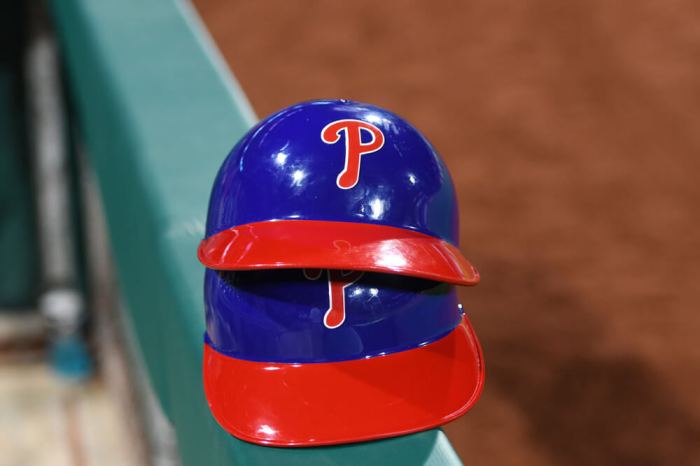 A look at what the new iPhone app will look like Credit: SEPTA
A look at what the new iPhone app will look like Credit: SEPTA
Every three weeks, SEPTA general manager Joe Casey will address public transit questions submitted by Metro Philadelphia readers.Anything from frequency of trains to funding to cleanliness and more is fair game. Ask Casey whatever you like by emailing City Editor Christina Paciolla atchristina.paciolla@metro.us, who will then forward along your queries.
Ask SEPTA is part of our column series, which also featurespolitical columnist Matthew Turnerandlifestyle columnist Kathryn Quigley. The columns run each Monday in our Metro Philadelphia print edition and online.
Question 1: Why do the newer El trains run so slowly? The old trains were able to zip around York/Dauphin in seconds flat. SEPTA should only buy equipment that gets riders to a destination faster. Barbara Tarvydas
Joe Casey: The scheduled running time from FTC to 69th Street has changed by only one minute in the last 28 years. The curve at York Dauphin has always had a speed restriction of 15 miles per hour. The difference you may be experiencing is that in 2003, SEPTA installed an Automatic Train Control (ATC) system which prevents the train from exceeding the maximum allowable speed. SEPTA strongly believes that the effective installation and maintenance of the ATC system has improved the overall safety of the Market Frankford Line with minimum impact to our running time.
Question 2: When will SEPTA be upgrading the software and hardware to provide predictability in terms of minutes until the next bus arrives at a given stop? SEPTA’s current system for obtaining this data is very old and antiquated and does not provide real-time information. Nextbus and Cubic, as well as Avail, make hardware for this much needed upgrade. Will SEPTA be following with hardware and software upgrades to provide more frequent vehicle location data? R. Grint
Casey:Presently, SEPTA employs legacy scheduling systems built over 20 years ago that use a three-minute polling cycle as the sole means for gathering vehicle arrival information. However, we recognize that by today’s standards, that is far from acceptable. That’s why SEPTA is presently developing new technology systems to provide accurate vehicle arrival information that will be ported to our electronic signage and our website. Transportation funds provided by the recently passed ACT 89 will allow us to upgrade this system as well as numerous other capital improvement projects.
Question 3:Are there plans to restore trolley service on Routes 23 and 56 in the near future? The trolleys carry more passengers than the 40 foot buses. Erick Richardson
Casey: SEPTA does not have immediate plans to restore trolley service on Routes 23 and 56. SEPTA’s recently announced “Catching Up” Capital Plan begins to address the Authority’s $5 Billion State of Good Repair backlog of infrastructure and vehicle replacement needs. The program includes new trolleys to replace SEPTA’s existing fleet of trolleys and historic streetcars which currently operate on the subway-surface routes and Girard Avenue.





























